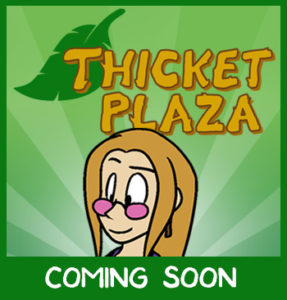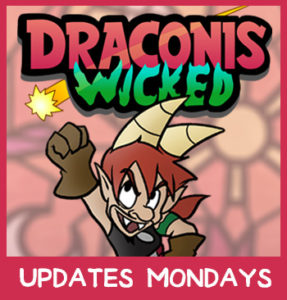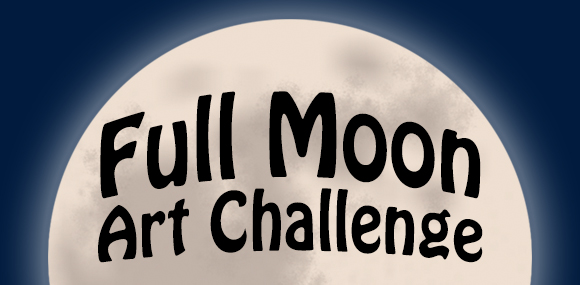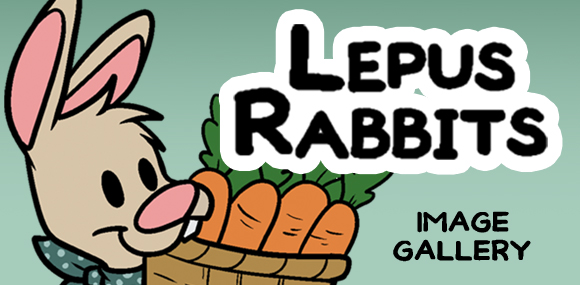So, the big solar eclipse is coming up (it might even be over now, depending on when you read this.) This week, I was going to write about something else entirely, but I’ve been doing so much art about moons and moon phases these days, it seems like it would be an oversight for me to miss out on saying a few words about the eclipse.
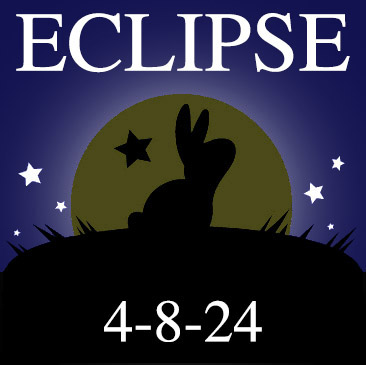
The Earth, the Sun, and the Moon
I’ve been trying to read up on eclipses in preparation for the big event on Monday, and I thought I’d share some eclipse facts with you. Some of these are facts I’ve known for years, while others are things I’ve only recently learned:
Both solar eclipses and lunar eclipses relate to moon phases. A solar eclipse can only occur during a new moon, while a lunar eclipse can only occur during a new moon.
There are three kinds of eclipses: A Total Eclipse is when the light of the sun or moon is completely blocked by shadow. A Partial Eclipse is where the light is partly blocked by shadow. The third kind of eclipse is where the sun or moon is only blocked by the very edge of a shadow, which creates a shady spot, rather than a dark, hard-edged shadow. When this occurs as a lunar eclipse, it is called a Penumbral Eclipse, and when it occurs as a solar eclipse, it is called an Annular Eclipse.
Lunar and Solar eclipses always come as a set. If one occurs, the other will occur within the same set of moon phases. So, if the full moon is a lunar eclipse, the next new moon will be a solar eclipse, and vice-versa.
We actually already had a lunar eclipse during the last full moon on March 24th and 25th. This eclipse didn’t get much attention, as it was a penumbral eclipse, which created only a faint shady shadow.
There will be another pair of eclipses later this year in September and October, but neither of them will be total.
Pics?
I’m going to try to catch the total eclipse in the zone of totality (where the sun looks darkest and most covered.) I’ll update this spot with photos if I get any good ones.
Links
If you want to learn more that just these quick little fact-bites, here are the links to the eclipse articles I’ve been reading:
https://science.nasa.gov/eclipses/future-eclipses
https://science.nasa.gov/eclipses/types
https://earthsky.org/astronomy-essentials/why-isnt-there-an-eclipse-every-full-moon/

